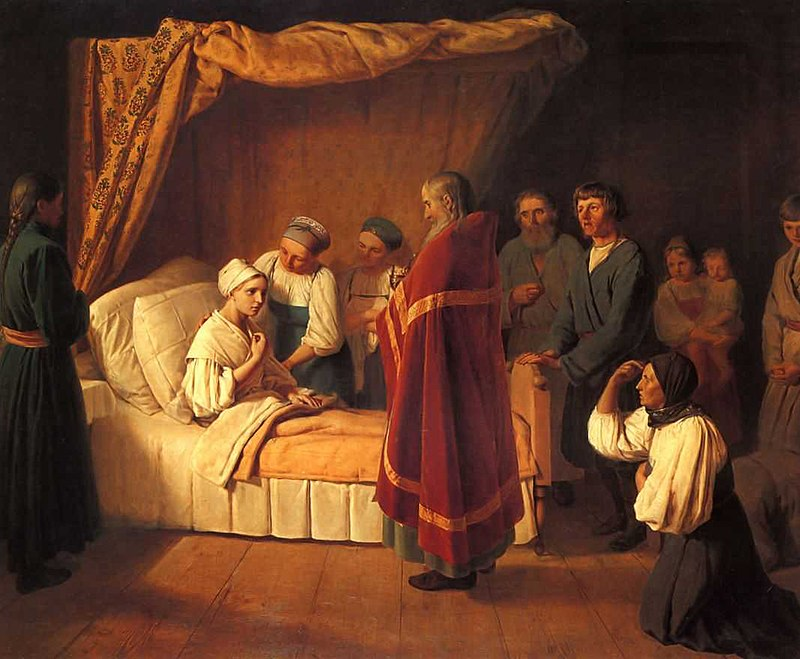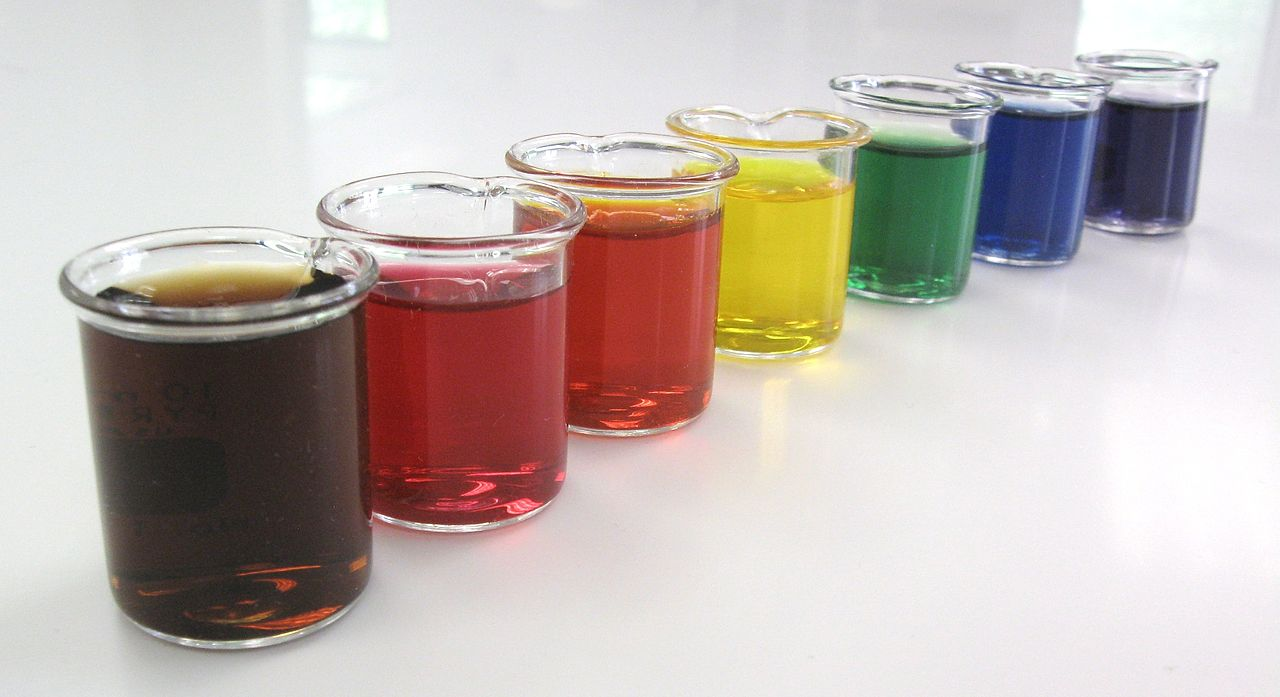Category: Bad Food
-
5-Nitro-2-propoxyaniline, aka P-4000 and Ultrasüss, banned artificial sweetener
5-Nitro-2-propoxyaniline, also known as P-4000 and Ultrasüss, is about 4,000 times the intensity of sucrose (hence its alternate name, P-4000). It is an orange solid that is only slightly soluble in water. It is stable in boiling water and dilute acids. 5-Nitro-2-propoxyaniline was once used as an artificial sweetener but has been banned in the United States because of its possible toxicity. In…
-
Dulcin, toxic artificial sweetener about 250 times sweeter than sugar
Dulcin is an artificial sweetener about 250 times sweeter than sugar, discovered in 1883 by the Polish chemist Józef (Joseph) Berlinerblau (27 August 1859 – 1935). It was first mass-produced about seven years later. Although it was discovered only five years after saccharin, it never enjoyed the latter compound’s market success. Nevertheless, it was an important sweetener of the early 20th…
-

Metoclopramide, Paracetamol/metoclopramide, Witch’s Milk, Lactating Men and Homicidal Maniacs?
Metoclopramide is a medication used for stomach and esophageal problems. It is commonly used to treat and prevent nausea and vomiting, to help with emptying of the stomach in people with delayed stomach emptying, and to help with gastroesophageal reflux disease. It is also used to treat migraine headaches. Common side effects include: feeling tired, diarrhea, and feeling restless. More serious side effects include: movement disorder like tardive dyskinesia, a condition called neuroleptic malignant…
-

Goa stone
A Goa stone or Lapis de Goa was a man-made bezoar that was considered to have medicinal and talismanic properties. Goa stones were made in Goa, India and exported to apothecaries in Europe from the mid-16th to 18th century. Goa stones were manufactured by Jesuits in the late seventeenth century in Goa because naturally occurring bezoars were scarce. Their inventor was the Florentine lay brother Gaspar Antonio, and a Jesuit…
-
Bezoardicum (bezoar of) is a term used in alchemy and other practices
Bezoardicum (bezoar of) is a term applied to multiple substances used in alchemy and other practices. Bezoardicum joviale, or bezoar of Jupiter, is a regulus made by melting three ounces of regulus of antimony and two of block tin. This is then powdered and mixed with six ounces of corrosive sublimate, and distilled off in a kind of butter. It is then dissolved in spirit of…
-

Bezoar
A bezoar is a mass often found trapped in the gastrointestinal system, though it can occur in other locations. A pseudobezoar is an indigestible object introduced intentionally into the digestive system. There are several varieties of bezoar, some of which have inorganic constituents and others organic. The term has both modern (medical, scientific) and traditional usage. Types By content Food boluses (or boli; singular bolus) have the…
-

Gastrolith
A gastrolith, also called a stomach stone or gizzard stone, is a rock held inside a gastrointestinal tract. Gastroliths in some species are retained in the muscular gizzard and used to grind food in animals lacking suitable grinding teeth. In other species the rocks are ingested and pass through the digestive system and are frequently replaced. The grain size depends upon the size of the animal and…
-

Anthyllis vulneraria L. Fabaceae. Kidney vetch, woundwort. ‘vulneraria’ means ‘wound healer’
Description (cut and paste) ‘wort’ has been used in England since the 9th century to mean root or plant. Parkinson (1640) notes Anthylis prior and Anthyllis lentisimilis (Dodoens) Anthyllis leguminosa (Lobel, Clusius) Lagopodium (Tabermontanus) Arthetica wundkraut Saxonum (Thalius) Vulneraria rustica (Gesner) and several more names from different authors. Small herb. Distribution: Europe to Iran and…
-

A selection of apothecary jars.
Description A selection of apothecary jars. Four glass cylindrical drug jars with a parchment cover, labelled “Vitriol Alb.” (zinc sulphate), “OCUL CANCR” (Crab’s eyes – stones found in stomach of cray-fish as animal is about to change in its shell),”Sang Draco.V.” (Dragon’s blood), and “VITRIOL. COERUL.” (copper sulphate). Probably Spanish, 17th or 18th century. Wellcome…
-
Carboxypeptidases function in blood clotting, growth factor production, wound healing, reproduction, and many other processes
A carboxypeptidase (EC number 3.4.16 – 3.4.18) is a protease enzyme that hydrolyzes (cleaves) a peptide bond at the carboxy-terminal (C-terminal) end of a protein or peptide. This is in contrast to an aminopeptidases, which cleave peptide bonds at the N-terminus of proteins. Humans, animals, bacteria and plants contain several types of carboxypeptidases that have diverse functions ranging from catabolism to protein maturation. At least two mechanisms have been discussed. Functions Initial studies…
-
Zeuterin, it rhymes with neuterin
Zeuterin (zū-tur-in) is the trade name of an injectable product containing zinc gluconate and the amino acid arginine, which is used for sterilizing young male dogs without the removal of the testicles. The product is injected directly into the testicle, where the zinc gluconate destroys the sperm and causes inflammation, which leads to fibrosis and causes sterility. Sperm production continues for up to 60 days after product…
-

Treasuries of death, viaticum, obol, more
Viaticum is a term used – especially in the Catholic Church – for the Eucharist (also called Holy Communion), administered, with or without Anointing of the Sick (also called Extreme Unction), to a person who is dying; viaticum is thus a part of the Last Rites. Usage The word viaticum is a Latin word meaning “provision for a journey”, from via, or “way”. For Communion as Viaticum,…
-

Nickernuts also known as sea pearls and eaglestones
Nickernuts or nickar nuts are smooth, shiny seeds from tropical leguminous shrubs, particularly Guilandina bonduc and Guilandina major, both known by the common name warri tree. C. bonduc produces gray nickernuts, and C. major produces yellow. Accordingly, these species are locally known in the Caribbean as “grey nickers” and “yellow nickers”. In the Caribbean, nickernuts are used to play mancala games such as oware. The nickernut is marble-like and good for other uses, such as…
Recent Posts
- 🧬 Disease Table with Low Sodium Connection
- 🧂 Sodium Reduction and Sodium Replacement: A History of Reformulation and Exploding Diseases, Including Many Diseases Unheard of Before Deadly Sodium Policies
- 🧂 The DEADLY 1500 mg Sodium Recommendation predates the WHO’s formal global sodium reduction push by nearly a decade (and it’s even worse than that)
- 🧬 What Is Beta-Glucuronidase?
- When Sugar Was Salt: Crystalline Confusion and the Covenant of Sweetness
Tags
ADAM ASPARTAME Birds Blood Bones Brain Bugs Cancer Columba Cows crystallography Death Death cults Eggs Etymology Gastrin Gold Growth hormone History Hormones Insulin Liver Mere Perplexity Metal Monkey Business Mythology Paracetamol Plants Poison Pregnancy Protein Religion Reproduction Rocks Salt Slavery Snakes Sodium the birds and the bees Thiocyanate Tobacco Tylenol Underworld Venom zinc


